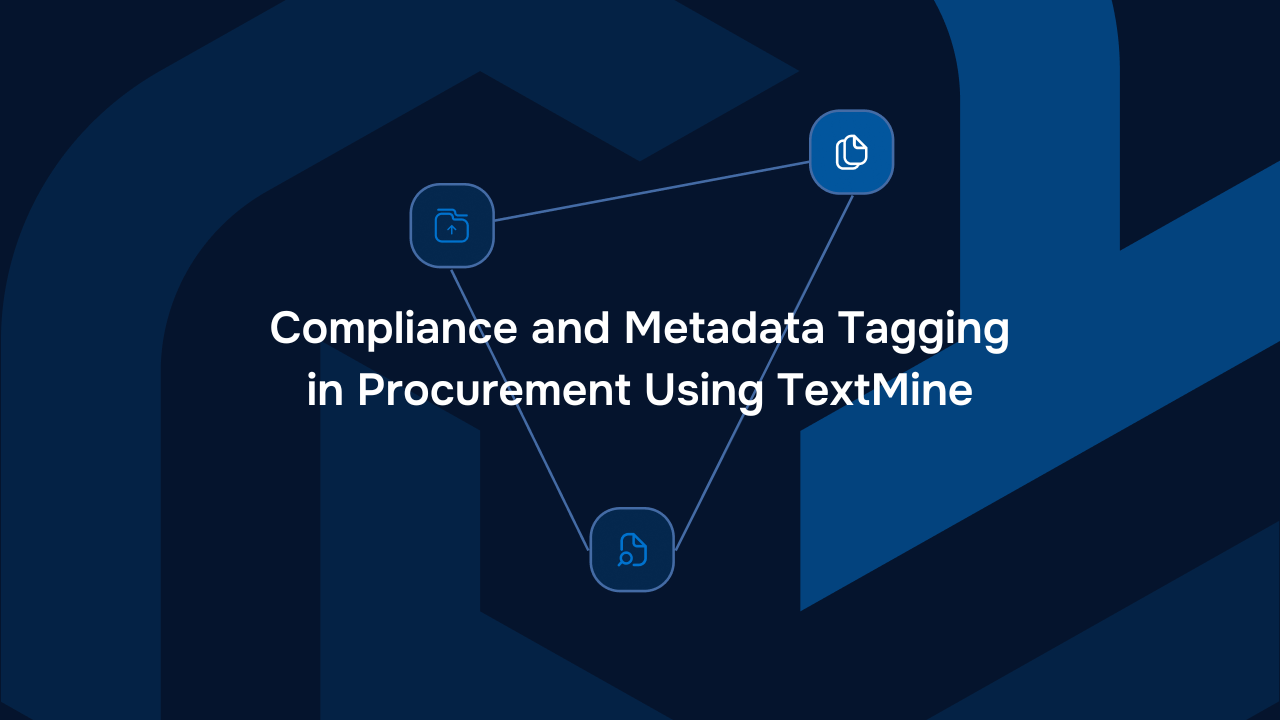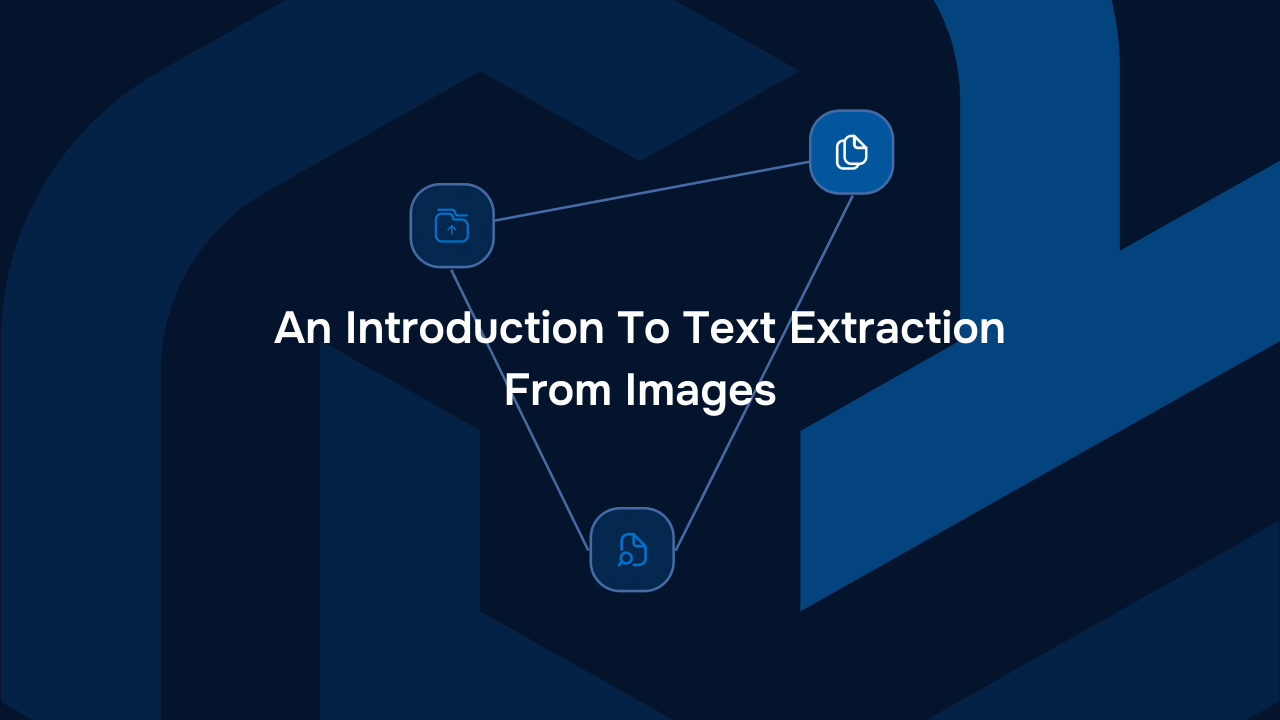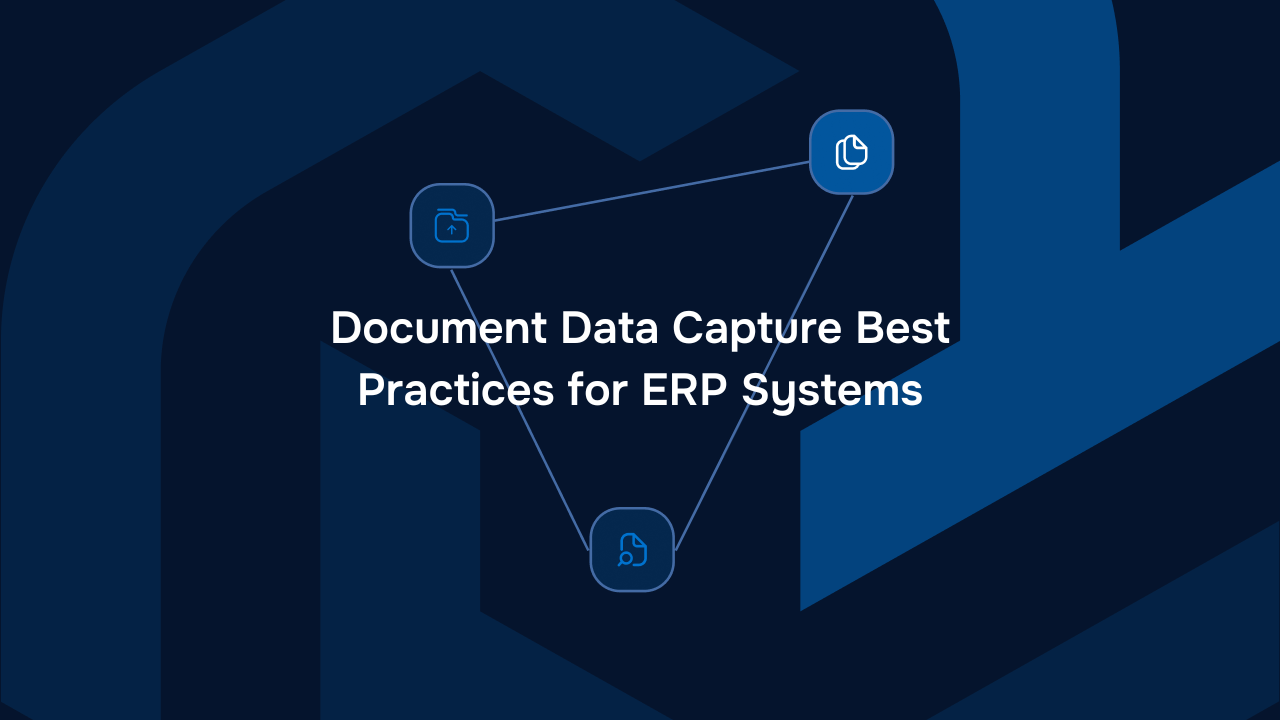An Introduction to Machine-Readable Documents


Machine-readable documents are documents which contain information which can be easily processed by machines. Whilst a pdf might be an electronic document, pdfs do not contain structured information about what they contain which in turn makes them non-machine readable.This article provides an introduction to machine-readable documents and how documents such as pdfs can be made machine readable in a streamlined way thanks to AI.
What are machine-readable documents?
Machine-readable documents are files or texts formatted specifically in a format that facilitates the automated processing of the data inside by a machine.
Unlike a normal document, which are designed for easy reading by a person, machine-readable documents are designed to be interpreted by computers in their specific layout and presentation of data and enable the swift and efficient extraction of key information by these systems.
This approach greatly improves the uptake and use of data by allowing it to be assimilated quickly and easily by a machine, which then means that the document data can be used as part of broader workflows. For example, a digital passport can be scanned by dedicated readers which are able to automatically retrieve the passport’s details such as the passport holder’s name, passport number which can then be used for border control verification purposes.
With non-machine readable documents, the verification process is manual as it requires a qualified person to review the document and interpret the information.
The Features of machine-Readable Documents
Machine-readable documents contain a number of features for them to be best suited to their purpose as documents for computers. They include:
Structured Data
The key property of machine-readable documents is the structured data contained therein.
Information in a machine-readable document is organised in such a way as to allow a computer to discern clear patterns and relationships between the different elements.
Structured data involves organising information into categories and uses standard formats such as tables and hierarchies. This organisation of data creates clear patterns for a computer to read and interpret.
This method simplifies data extraction, and by adhering to a predetermined structure, machine-readable documents enhance the accuracy of information and work in concert with computational algorithms and systems.
This emphasis on structured data is foundational to enabling machines to comprehend and draw meaningful conclusions from the wealth of information held in the documents.
Types of Machine-Readable Documents
Machine-readable documents come in a variety of forms some of which are described below:
XML
XML employs a customizable markup language to structure data in a strict hierarchy.
Its flexibility and syntax, which can be read by humans as well as machines, means it is a preferred choice for machine-readable documents that also need to be circulated in diverse domains.
Web development and data storage in particular are realms in which XML is heavily utilised.
JSON
JSON is characterised by its simplicity which translates to clear ease of reading. It is commonly used for transmitting data between a server and web applications.
Its lightweight structure and more crucially, its compatibility with a range of programming languages, make it a very popular choice for machine-readable documents.
Applications of Machine-Readable Documents
Machine-readable documents can and are used in many different realms, and their application has been adopted by different industry to convey and work with data.
Automation in Data Extraction
Machine-readable documents play a role in automating data extraction. Because they are so strictly structured, machine-readable documents are very efficient for conveying information to machines.
Once data has been placed into machine-readable form, the uptake of that data is automatic as machines extract the relevant information accurately and without much human input or labour.
Enhanced Search and Retrieval
Machine-readable documents enhance the search and retrieval of data because the information has been completely assimilated and interpreted by the machine reading the document.
Algorithms can quickly scan and index the contents of these documents, which means access and retrieval of data can be done quickly.
Integration with Artificial Intelligence
PDFs are a widely utilised format for documents but are not natively machine readable. Whilst PDFs can hold text, images, and interactive elements in a fixed-layout format, the information is not structured and can’t be processed automatically by software systems.
However, PDF documents can become machine readable thanks to AI based document data extraction systems like Vault. Large language models are able to read the text in the PDF and map it to categories and hierarchies which can then be used for automated processing by machines.
Conclusion
Machine-readable documents offer a lot of opportunities for connecting document data to systems and workflows. However, the challenge is that most documents are not natively machine readable. As a result, AI and especially LLMs are primed to make electronic documents such as pdfs machine readable. This will unlock efficiencies for large organisations and a broad range of new document enabled applications.
About TextMine
TextMine is an easy-to-use document data extraction tool for procurement, operations, and finance teams. TextMine encompasses 3 components: Legislate, Vault and Scribe. We’re on a mission to empower organisations to effortlessly extract data, manage version controls, and ensure consistency access across all departments. With our AI-driven platform, teams can effortlessly locate documents, collaborate seamlessly across departments, making the most of their business data.

Newsletter
Blog
Read more articles from the TextMine blog


From Complexity to Clarity: Transforming Supplier Agreement Analysis with AI


Compliance and Metadata Tagging in Procurement Using TextMine


An Introduction To Text Extraction From Images






